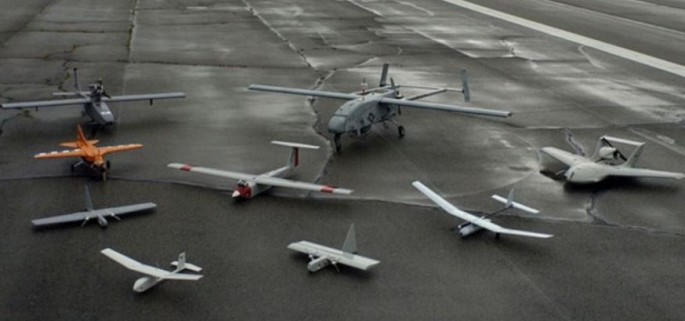The Pentagon is currently holding a first-of-its-kind competition it calls the "Counter-Unmanned Aerial System (C-UAS) Hard Kill Challenge" in which 10 private sector tech firms are competing over five days to physically defeat unmanned aerial systems (UAS) using technologies they've developed.
The Joint Improvised Threat Defeat Organization (JIDO) on Feb. 27 began the C-UAS Hard Kill Challenge at the White Sands Missile Range in New Mexico. The challenge's three phases are based on killing aerial drones, especially small, commercially available drones, at up to 250 meters distant.
As the competition goes ahead, the drones will attack faster and in greater numbers from multiple directions.
At the competition are representatives from JIDO (which is overseeing the challenge); the United States Central Command (CENTCOM), a theater-level Unified Combatant Command whose Area of Responsibility includes countries in the Middle East, North Africa, and Central Asia (notably Afghanistan and Iraq); the Program Directorate Counter-Rocket Artillery Mortar Missiles (PD C-RAM) and other U.S. agencies and coalition partners.
The competition will allow these federal agencies to review the current state of technology to defeat rotary and fixed wing UASs.
The C-UAS Hard Kill Challenge focuses on evaluating "Hard Kill" technologies that can defeat UASs with a flyswatter approach.
For the purpose of this event, "hard kill" shall be defined as the physical interruption of a UAS's ability to maintain lift and continue its mission via the direct capture of the UAS; the physical destruction of the airframe or the permanent ability to disrupt the power to the airframe.
"Our commanders are very interested in being able to counter, for themselves and partner forces, these commercial UASs that are showing up on the battlefield," said James Smith, deputy director of acquisition for U.S. Special Operations Command.
"We are working those very rapidly ... A lot of those systems tend to be fixed-site (not fully mobile), a setup-and-teardown type of thing. We are looking ... to get those systems more agile. More mobile."
The Pentagon says the threat of UAS's to American interests within the continental United States and outside U.S. borders "is an ongoing concern."
It noted that continued and rapid technology improvements increase the availability of these unmanned technologies. Technological advances also allow drones to loft heavier payloads (such as small bombs) and make it easier to fly and target these drones.
The Pentagon remains concerned that with these technological advances come an increased potential for terrorist groups, rogue nations or near peer competitors such as China and Russia to deploy UASs en masse.



























